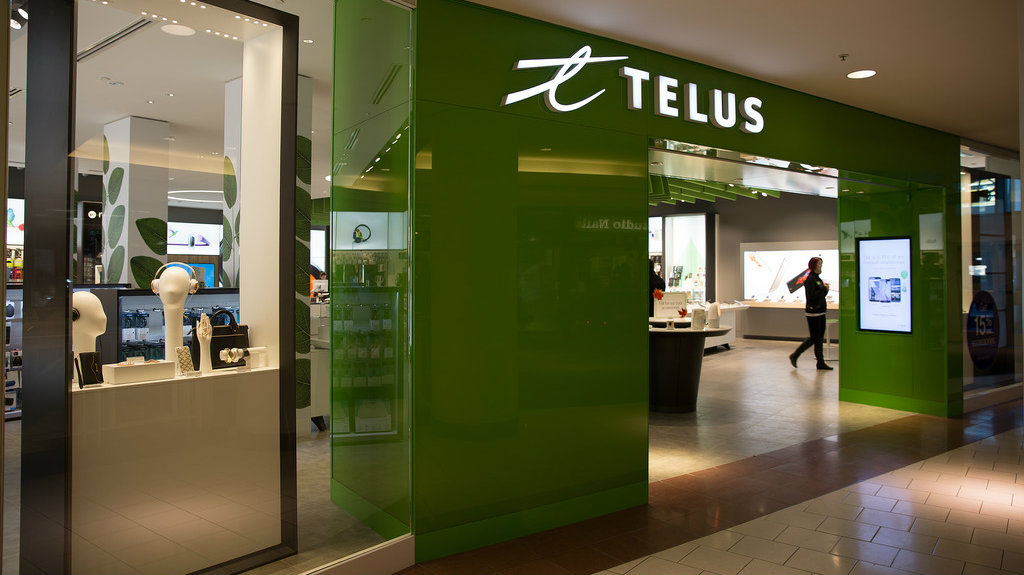There is no doubt that Telus Corporation (TSX:T)(NYSE:TU) is spending heavily on its network. But it’s also returning cash to shareholders.
With a current dividend yield of 4.4%, Telus’s dividend has grown at a compound annual growth rate (CAGR) of 12% since 2004.
The company has been enjoying its enviable position as the second-largest telecommunications provider in Canada — a position that has been achieved through continuous investment in its network to give its customers a fast and reliable connection.
In fact, Telus has overtaken BCE Inc. (TSX:BCE)(NYSE:BCE) and Rogers Communications Inc. (TSX:RCI.B)(NYSE:RCI) as the country’s fastest wireless network. That’s not a small feat.
And while this has not been achieved without heavy investment (the company has essentially been spending all of its operating cash flows), Telus has built a strong brand with leading-edge infrastructure and a strong competitive advantage.
The big focus right now is on investment in the company’s fibre-optic network, which allows large volumes of information to be sent at close to the speed of light.
The good news is that this very capital-intensive project will be 50% completed by mid-2018. So, elevated capital expenditures will remain for at least the next two years, but we can see the light at the end of the tunnel.
Management estimates that by 2021, the build out will be two-thirds complete. There is some welcomed flexibility in terms of timing of the expenditures.
Going forward, investors can expect the dividend to continue to grow. The company announced that in the next two years, we should expect the dividend have annual increases of 7-10%.
With a dividend yield of 4.9%, BCE is another really attractive dividend-paying stock.
With free cash flow of almost $3 billion in 2016, BCE is the leader in the telecommunications industry. BCE’s dividend has an eight-year CAGR of 8.8%, and the company has an industry-leading ROE of over 20%.
Of course, BCE is also spending billions to invest in fibre-optic networks, as this is the future of the telecommunications industry.
And to maintain its leading position in the industry, clearly, BCE must continue to make these investments. Recall that BCE was recently left in the dust by Telus in terms of wireless speeds.
This is a maturing industry that is seeing elevated levels of competition, so even the leader must not get complacent.
Going forward, we can expect a mid-single-digit increase in the company’s dividend in the coming years, as the company continues to invest in its business and return cash to shareholders.
In summary, investors can feel secure with either of these dividend-paying telecom names, as they will both continue to benefit from positive industry dynamics.








